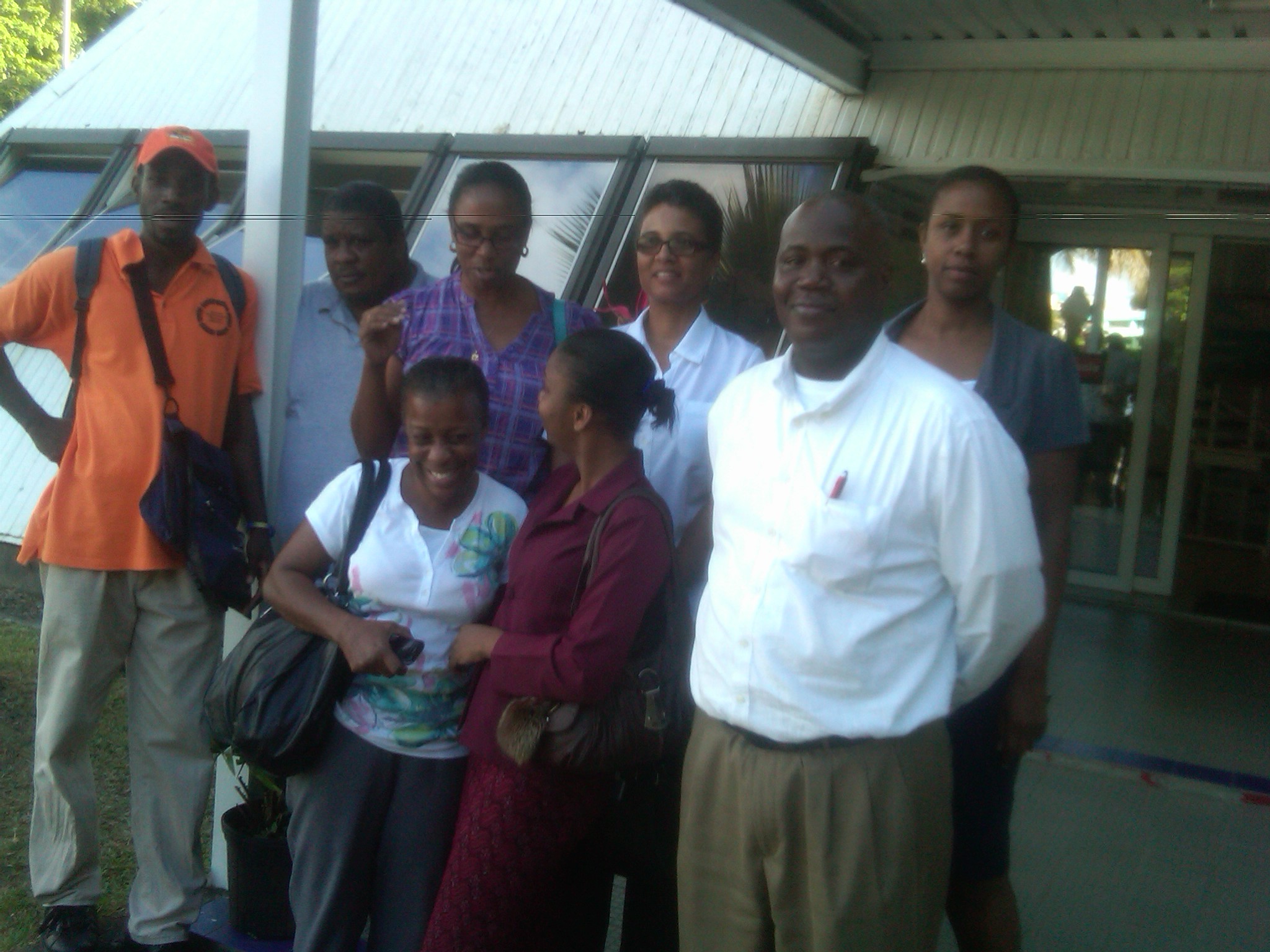About NEMO Saint Lucia
Saint Lucia is exposed to natural and man-made hazards, which increasingly have the potential to cause significant loss of life and property, as well as serious damage to the environment and the economy.
 At the same time, the national and regional inter-dependencies resulting from globalization increases Saint Lucia’s vulnerability to the impacts of events caused by natural and technological hazards both at home and abroad. As globalization serves to create more economic opportunities in Saint Lucia and the region, key economic sectors such as the tourism industry, could be severely disrupted, resulting in increased economic and social dislocation.
At the same time, the national and regional inter-dependencies resulting from globalization increases Saint Lucia’s vulnerability to the impacts of events caused by natural and technological hazards both at home and abroad. As globalization serves to create more economic opportunities in Saint Lucia and the region, key economic sectors such as the tourism industry, could be severely disrupted, resulting in increased economic and social dislocation.
Disaster Management, though called by numerous names over the years [disaster preparedness, disaster management, disaster risk reduction, community resilience etc.] has manifested itself constantly in Saint Lucia. As far back as June 10 – 20, 1979 Saint Lucia was host to the Caribbean Disaster Preparedness Seminar, [part of the International Disaster Seminar Series] where over one hundred and fifty delegates from the Caribbean, North and Latin America assembled to discuss the concerns of the day. The following year that Hurricane Allen devastated the island. In November 1984 with the memory of Hurricane Allen still fresh, Saint Lucia hosted another important conference: The International Conference on Natural Hazard Mitigation Program Implementation. Such Conferences were critical to the formation of the disaster management programme that was to evolve. The actual date for the creation of the an office to deal with disasters is not clear; however research shows that soon after 1980 there was a desk set up to deal with disasters and by 1990 there was an established Office of Disaster Preparedness being run by a National Disaster Coordinator. History making events such as the 1854 Cholera Epidemic, the 1938 Ravine Poisson Landslide and the 1948 Castries Fire required that the [Colonial] Government of the day appoint persons to coordinate the response. In 1991, Saint Lucia together with fifteen other Caribbean States signed the Articles that created the Caribbean Disaster Emergency Response Agency [CDERA]. Prior to this there had been the Pan Caribbean Disaster Preparedness and Prevention Project [PCDPP].
In February 1995 the Office of Disaster Preparedness of Saint Lucia had its staff increased from two to three when the post of Deputy Disaster Coordinator was created. The next major step in Disaster Management for Saint Lucia occurred when in March 2000. Then, the Office of Disaster Preparedness [ODP] was renamed to the National Emergency Management Office (NEMO) and the President, Disaster Coordinator and Deputy Disaster Coordinator became the Director and Deputy Director. Legislation followed in 2000 and again in 2006 changing the Office to Organisation and conferring on the Minister the power to declare an enforced evacuation.
For seventeen years the ODP/NEMO functioned out of the Saint Lucia Red Cross Headquarters [1989 - 2003]. In 2003 with support from the United States Army South [SouthCom], NEMO moved to Biseé and new Headquarters. Three years later with a loan from the World Bank, the NEMO Headquarters again relocated to a state of the art premises.